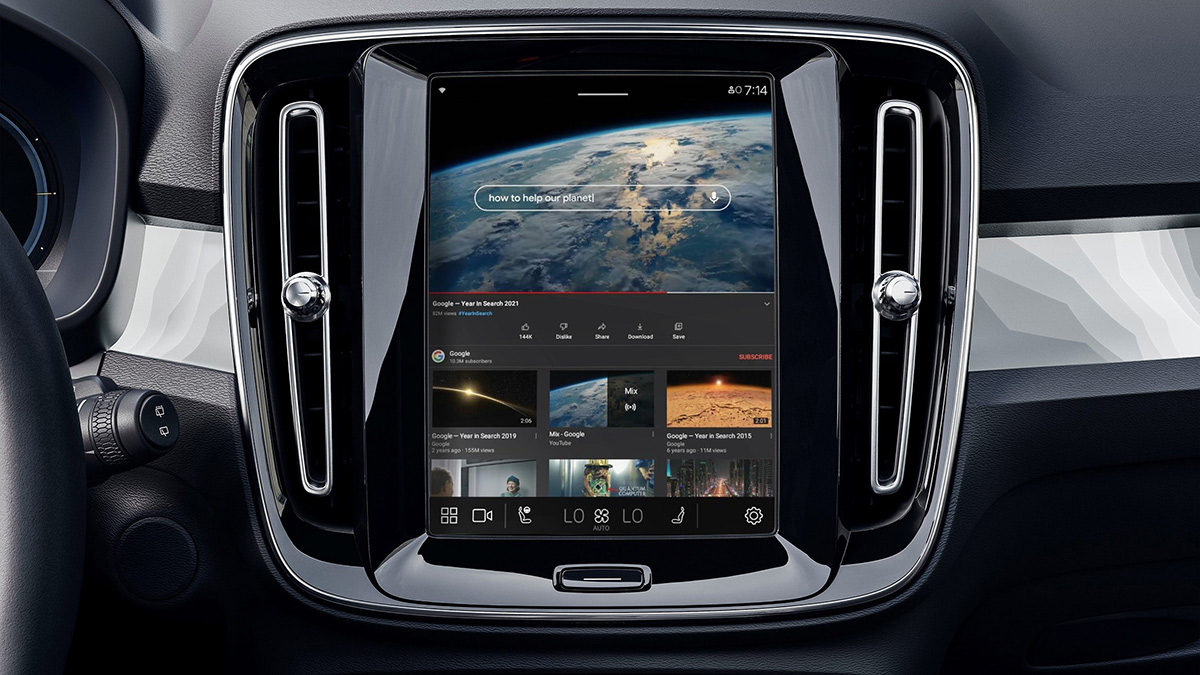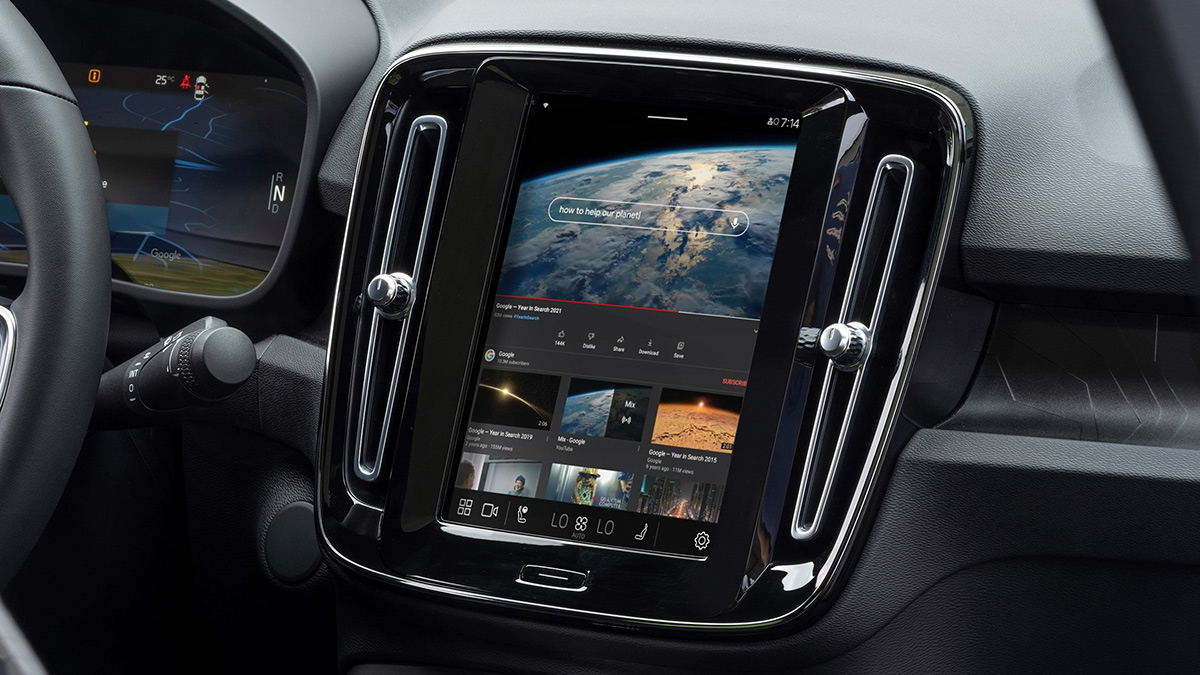In-car features have come a long way throughout the years, especially in the entertainment department. What used to be 1DIN and 2DIN head units fitted in brand-new cars have now become large infotainment displays that allow drivers to use a host of features and apps.
But despite all the improvements we’ve seen car manufacturers make, there’s still one feature that many of you are probably still waiting for: video streaming. Specifically, YouTube playback.
One of the biggest reasons why this still isn’t an industry thing? Safety. Allowing the use of such features inside a car could pose a lot of risks, as videos can be quite distracting for the person behind the wheel. But this might soon be a thing of the past, though, as Volvo—of all car brands—is now looking to roll out YouTube services to its vehicles.

We all know Volvo is pretty big on safety, so its announcement may come as a bit of a surprise. However, the Swedish carmaker says that it has made sure videos can only be played when the car is fully stationary.
Volvo’s main aim here is not to simply make road trips more enjoyable but to expand the EV ownership experience for its future clientele. By adding YouTube playback features to its vehicles, Volvo is letting customers watch videos when, say, charging their electric vehicles at a station.
“Allowing our customers to watch videos while charging or when waiting to pick up their children from school is part of our promise to make their lives better and more enjoyable,” said Volvo Cars chief product officer Henrik Green. “With YouTube and other major streaming services coming soon, our customers can enjoy their charging break instead of seeing it as just a hassle—making electric car ownership that bit easier.”
The rollout of these new features is part of Volvo’s plans to turn cars into smart devices through seamless integration with Google Assistant-enabled devices. Ultimately, this allows Volvo’s cars to be “an extension of drivers’ living environment.”
A Volvo can act as a personal space without disturbances, with its high-quality audio setups, noise-reduction features, and comfortable interior. “The car is a great venue for enjoying video and audio, so I would not be surprised if this means that people spend more time in their Volvos, even when they are not going anywhere,” added Green.
So, do you think more car manufacturers should follow in Volvo’s footsteps? Chime in through the comments.












